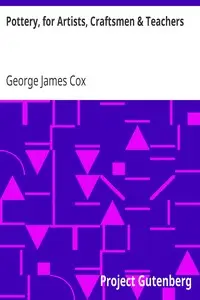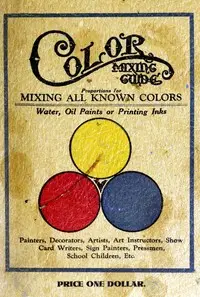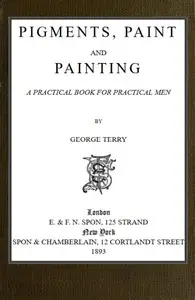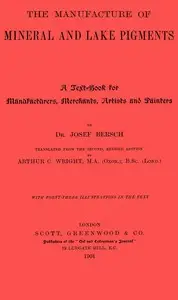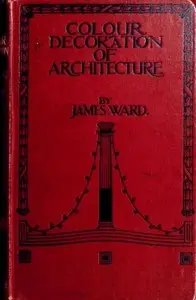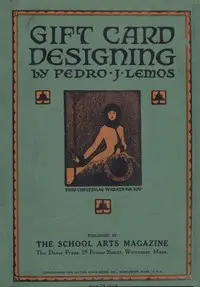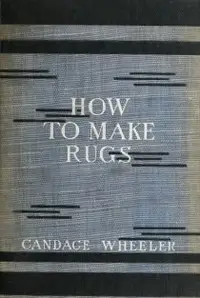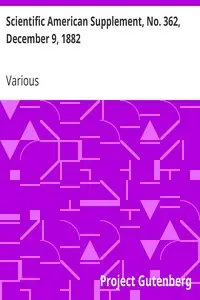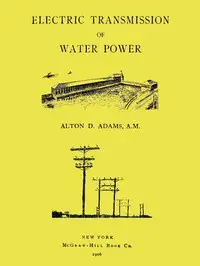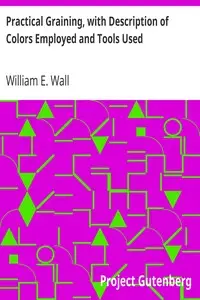"Color Cement Handicraft" by Pedro J. Lemos and Reta A. Lemos is an informational book from the early 1900's on using colored cement to make art projects. Opening with insights into cement's place in construction and art, the writer shows how adding color unlocks artistic possibilities for building pretty objects. It is about how anyone can turn regular cement work into attractive crafts by mixing art, color, and design. The main point is to show how to add color to make building materials into art, walking through techniques for tiles, pottery, and other decorations. The book gives step-by-step instructions and important tips for teachers, artists, and hobbyists to make art using colored cement.
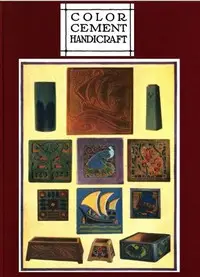
Color Cement Handicraft
By Pedro J. (Pedro Joseph) Lemos
Discover the secrets to transforming ordinary construction materials into stunning works of art with color and cement.
Summary
About the AuthorPedro Joseph de Lemos was an American painter, printmaker, architect, illustrator, writer, lecturer, museum director and art educator in the San Francisco Bay Area. Prior to about 1930 he used the simpler name Pedro Lemos or Pedro J. Lemos; between 1931 and 1933 he changed the family name to de Lemos, believing that he was related to the Count de Lemos (1576–1622), patron of Miguel de Cervantes. Much of his work was influenced by traditional Japanese woodblock printing and the Arts and Crafts Movement. He became prominent in the field of art education, and he designed several unusual buildings in Palo Alto and Carmel-by-the-Sea, California.
Pedro Joseph de Lemos was an American painter, printmaker, architect, illustrator, writer, lecturer, museum director and art educator in the San Francisco Bay Area. Prior to about 1930 he used the simpler name Pedro Lemos or Pedro J. Lemos; between 1931 and 1933 he changed the family name to de Lemos, believing that he was related to the Count de Lemos (1576–1622), patron of Miguel de Cervantes. Much of his work was influenced by traditional Japanese woodblock printing and the Arts and Crafts Movement. He became prominent in the field of art education, and he designed several unusual buildings in Palo Alto and Carmel-by-the-Sea, California.

